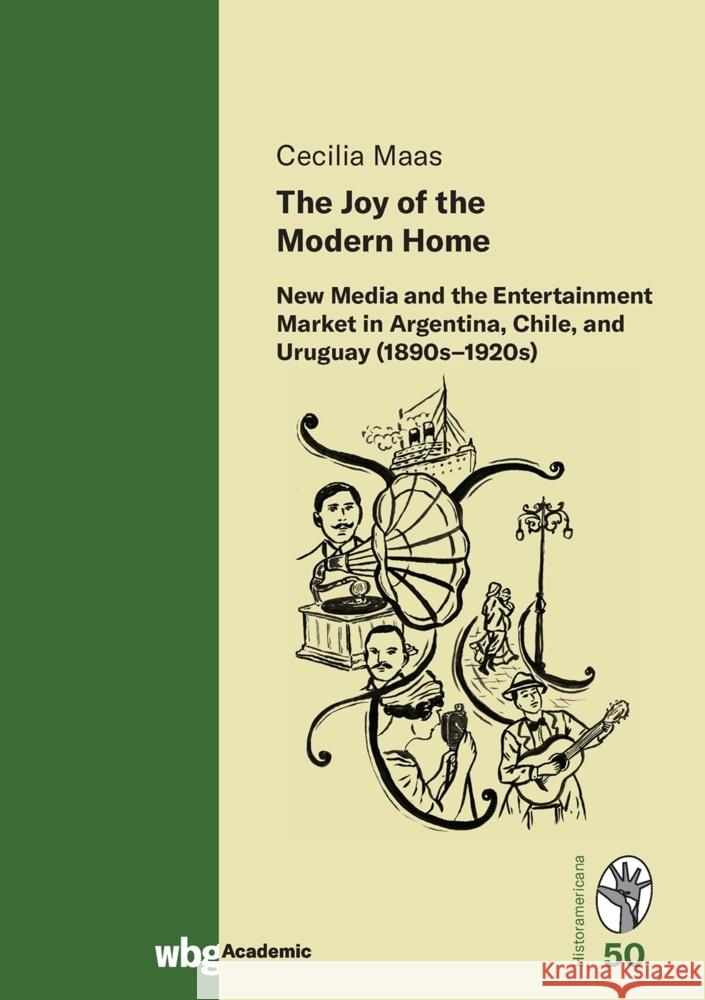The Joy of the Modern Home » książka
The Joy of the Modern Home
ISBN-13: 9783534275137 / Angielski / Twarda / 252 str.
Long before Netflix and Spotify, the film and music industries had developed forms of offering something for every taste. Early motion pictures and recorded sound have much more in common with current times than we might think: they were also on demand and favored niche culture. And all of this on a global scale. Flourishing cities in Latin America were among the first to receive imports of gramophones and film projectors in the 1890s, and host recording engineers and cameramen that traveled the world looking for images and sounds to fill the catalogs of the transnational studios and labels. By reconstructing the lives and careers of a group of immigrants who first introduced the new technologies in Argentina, Chile, and Uruguay, Cecilia Maas observes the transformations that they triggered in communication and cultural consumption. The author traces how these changes intertwined with urban change, the emergence of the middle class, and the conformation of national identities.
Early motion pictures and recorded sound had much more in common with Spotify and Netflix than we might think. Cecilia Maas describes how early twentieth century film and music industries favored niche culture and on-demand consumption. All of this on a global scale: Latin American cities were a key part of the emerging global entertainment market.











